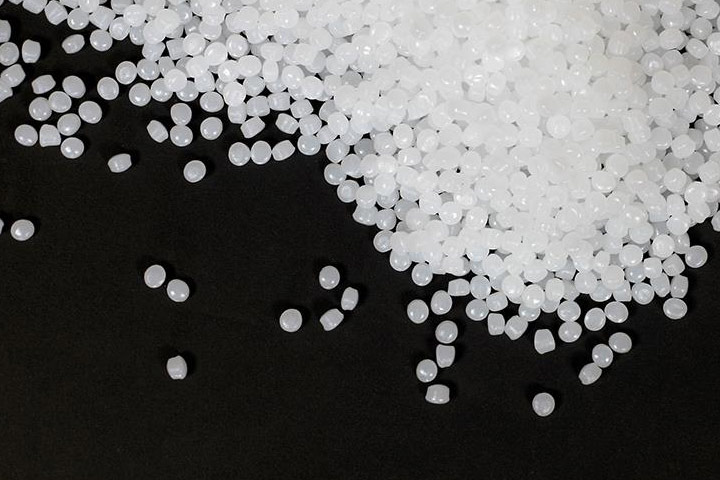
![]() Teflon™ AF (amorphous fluoropolymer) resins have the same excellent optical clarity and mechanical properties of amorphous polymers. They have the same chemical resistance, inertness and other typical properties of fluoropolymers. These resins also perform well over a wide range of temperatures and maintain outstanding electrical properties. A unique chemical structure enhances their versatility and distinguishes this class from other fluoropolymers. The ability to put these resins in solution allows for applications in thin layers and on lower temperature substrates since high temperature “sintering” is not required.
Teflon™ AF (amorphous fluoropolymer) resins have the same excellent optical clarity and mechanical properties of amorphous polymers. They have the same chemical resistance, inertness and other typical properties of fluoropolymers. These resins also perform well over a wide range of temperatures and maintain outstanding electrical properties. A unique chemical structure enhances their versatility and distinguishes this class from other fluoropolymers. The ability to put these resins in solution allows for applications in thin layers and on lower temperature substrates since high temperature “sintering” is not required.
Teflon™ AF is available as a powdered resin or solution in two grades:
AF 1600X (*Tg 160 °C [320 °F])
AF 2400X-J (Tg 240 °C [464 °F])
*Tg = Glass Transition Temperature
Teflon™ AF Resins
AF 1600X
AF 2400X-J
Teflon™ Solutions
AF 2400 1% – Safty Data Sheet
AF 1601 6%
AF 1601 18%
 Teflon™ AF resins can be used in unlimited applications to meet current and future material challenges.
Teflon™ AF resins can be used in unlimited applications to meet current and future material challenges.
Teflon™ AF can be compression molded, injection molded, or extruded. Through these processes, various solid shapes can be formed using the product. Forms include rods, tubes, bars, and sheets of various thicknesses.
Typical molding temperatures for Teflon™ AF 1600 range from 240–275 °C (464–527 °F); for Teflon™ AF 2400, the range is 340–360 °C (644–680 °F). The polymer begins to decompose above 360 °C (680 °F). Processing above that temperature should be avoided. Corrosion-resistant tooling/equipment is recommended similar to that used in processing other fluoropolymer resins like Teflon™ FEP and Teflon™ PFA.
Teflon™ AF 1601 is supplied as a 6% and 18% solution in Fluorinert® FC-40. Teflon™ AF 2400 is supplied as a 1% solution in Fluorinert® FC-40. These solutions can be cast into thin or thick coatings using a variety of techniques, including spinning, spraying, brushing, and dipping.
Whichever coating methods are used, the coated product must be heated above the Tg (160 °C [320 °F]) or (240 °C [464 °F]) to remove all solvent. This gives a smoother coating and improves the polymer’s adherence to the surface. For additional information on adhesion, see the Chemours technical bulletin, “Adhesion Guide for Teflon™ AF.”
Processing Guide PDF